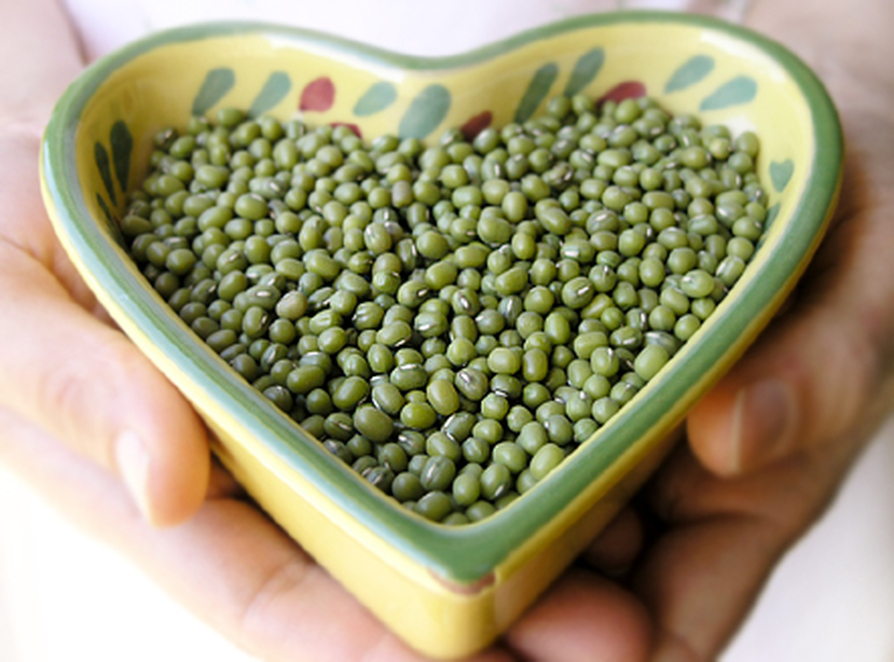
Mung beans are members of the legume family and are a good source of protein. Mung beans are considered to be a cleansing pulse especially when soaked and sprouted. Cooked mung beans are also cleansing and nourishing and are a great addition to many dishes. Mung beans are easier to digest and quicker to cook than many other legumes.
What are they rich in?
Mung beans are a fantastic source of potassium needed for cardiovascular function and a healthy nervous system. Mung beans also contain fiber needed for the removal of excess cholesterol and old hormones from the body. Their fiber content also makes them great for blood sugar control as it slows down the release of sugars from carbohydrates.
Mung beans contain good levels of the B vitamins needed for the release of energy from food, including folate needed for fetal development and cardiovascular health. They also contain magnesium which gets used up in stress. When sprouted they develop good amounts of vitamin C needed by the immune system for healing and fending off infections.
Serving suggestion and amounts
Legumes such as mung beans can be eaten daily. Mung beans are a good way to start eating legumes due to their digestibility and relatively fast cooking times. Soaking them until they are well swollen and cooking them with mild spices such as ginger, cumin, coriander and turmeric can render them even more digestible. They can be added to soups, stews and casseroles to provide a hearty dish. Soaking them overnight and letting them sprout for a few days is also a good way to improve digestibility and nutrient content. Use them sprouted in salads or as a snack.